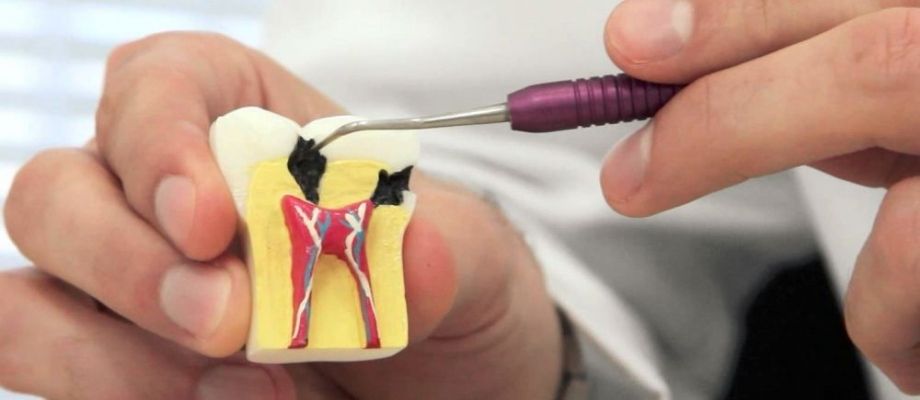What Happens During Root Canal Treatment?
- - Category: Dental Care
- - 07 Nov, 2023
- - Views: 36
- Save
Discover the comprehensive guide to root canal treatment, demystifying the process and debunking common myths.

In the realm of dental procedures, a root canal treatment is often viewed with trepidation. The mere mention of it can send shivers down the spine of even the bravest souls. However, this dental procedure is a critical tool in preserving a tooth and alleviating excruciating pain caused by infections within the dental pulp. In this comprehensive article, we will delve into the intricacies of a root canal treatment, demystifying the process, and dispelling common misconceptions.
Understanding the Basics
The Dental Pulp
The dental pulp is the innermost part of a tooth, harboring vital components such as blood vessels, nerves, and connective tissue. It plays a crucial role during the formation of teeth but loses its essential function once the tooth has matured. This makes the dental pulp expendable when it becomes infected.
Infection and Its Causes
Infections within the dental pulp typically occur due to deep cavities, cracks, or traumatic injuries that expose the pulp to harmful bacteria. When left untreated, these infections can lead to abscesses, severe pain, and even tooth loss.
Signs and Symptoms
Recognizing the need for a root canal treatment is vital for preventing further complications. Common signs and symptoms include:
1. Persistent Pain
A throbbing or sharp pain in the affected tooth is a clear indicator of dental pulp inflammation. The pain may intensify with hot or cold substances.
2. Swelling and Sensitivity
Inflamed pulp can lead to swelling of the surrounding gums and heightened sensitivity to pressure.
3. Discoloration
The infected tooth may darken or appear grayish, signaling potential pulp damage.
4. Pus Drainage
In some cases, pus may discharge from the affected tooth, indicating the presence of an abscess.
The Root Canal Procedure
Diagnosis
When a patient presents with symptoms suggestive of a root canal issue, a thorough examination, and X-rays are conducted to confirm the diagnosis. This enables the dentist to assess the extent of the infection and plan the treatment accordingly.
Anesthesia
Before commencing the procedure, local anesthesia is administered to ensure the patient's comfort and minimize any pain or discomfort.
Isolation
A rubber dam is placed around the tooth to keep it dry and free from saliva during the procedure.
Access Opening
The dentist creates a small access hole in the crown of the tooth, providing access to the pulp chamber.
Cleaning and Shaping
Specialized instruments are used to remove the infected pulp tissue. The canals are then cleaned and shaped to prepare them for the filling material.
Filling
The cleaned canals are filled with a biocompatible material, typically gutta-percha, to seal the space and prevent recontamination.
Restoration
After the root canal, the tooth's access opening is sealed with a filling material or a crown, depending on the extent of tooth structure lost.
Debunking Myths
1. It's Painful
Contrary to popular belief, root canal treatment is not painful. The procedure is performed under local anesthesia, ensuring that patients are comfortable and pain-free throughout.
2. It's Time-Consuming
While the exact duration may vary, most root canal treatments can be completed in a single appointment, thanks to modern dental techniques and technology.
3 .Extraction Is a Better Option
Preserving a natural tooth is always preferable to extraction, as it maintains proper alignment and function in the mouth.
Aftercare and Recovery
Recovery after a root canal is generally straightforward. Patients may experience some mild discomfort for a few days, which can be managed with over-the-counter pain relievers. It is essential to maintain good oral hygiene and attend follow-up appointments as advised by the dentist to ensure the long-term success of the procedure.
Read More: What is a Root Canal treatment?
Conclusion
Root canal treatment is a highly effective and safe dental procedure aimed at saving infected teeth and providing relief from excruciating pain. With modern advancements in dentistry, it has become a routine and virtually painless process. If you suspect you may need a root canal, consult with a qualified dentist to explore your options and restore your oral health.

